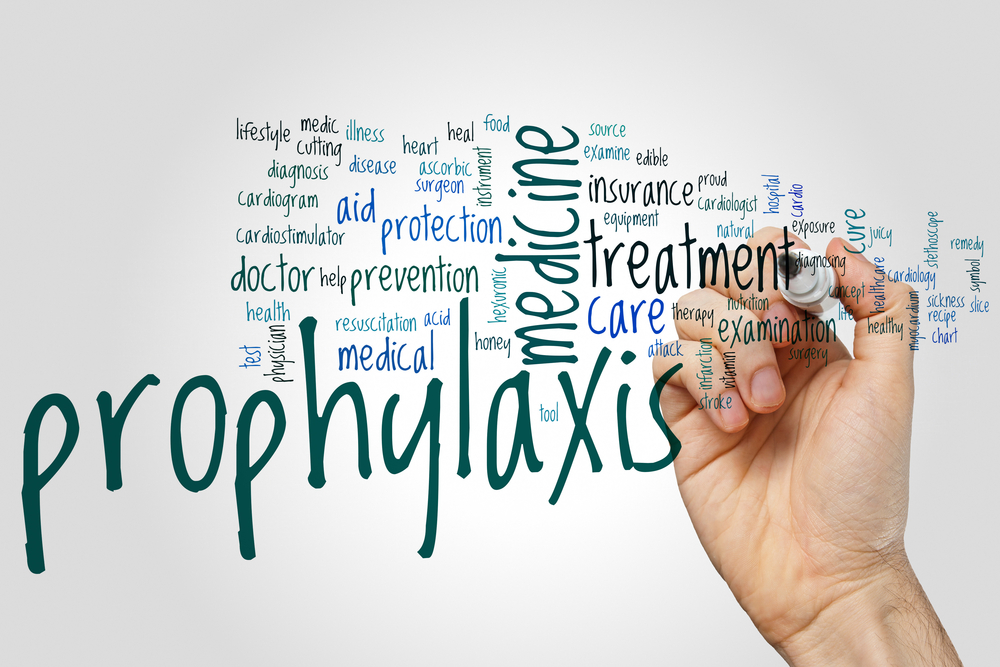New Analysis Confirms FDA-approved Alprolix Benefits in Patients with Severe Hemophilia B

A new analysis of two Phase 3 clinical trials confirms that extending preventive treatment with Alprolix is safe and leads to markedly decreases in bleeding episodes of severe hemophilia B patients.
The results were recently presented at the 59th Annual Meeting of the American Society of Hematology (ASH) in a poster titled “Clinical Outcomes of 14-Day Prophylaxis with rFIXFc: Longitudinal Analysis of the B-LONG and B-YOND Study.”
Researchers evaluated the long-term outcomes of 22 patients with severe hemophilia B from the B-LONG study (NCT01027364) and its extension B-YOND (NCT01425723) study. The participants – adults and adolescents who are age 12 or older – underwent a long-term individualized prophylactic treatment with Alprolix for at least 14 days during a mean follow-up of 3.4 years.
The analysis looked at the annualized bleed rates (ABRs), spontaneous ABRs, and spontaneous joint ABRs.
The results had already showed that all patients who were previously treated with a 10-day dosing of Alprolix had no bleeding episodes before switching to 14-day or longer dosing regimens.
Now, the new analysis confirmed the benefits of Alprolix prophylaxis. From the 22 patients analyzed, 10 of them were on a prophylactic (preventive) regimen while the remaining 12 patients received episodic treatments. The median annualized bleed rates were 2 and 25 for each group, respectively.
Patients previously treated with a preventive regimen who were protected from bleeding and extending dosing intervals for 14 days or longer showed no effect: their median annualized bleed rates passed from 2 to 1.8. But patients previously with an episodic treatment showed a marked decrease in the median annualized bleed rates, from 25 to 1.4.
Those treated for longer than 14 dosing intervals showed good control of the bleeing episodes – with median spontaneous ABR of 0.7 over three years.
Bioverativ and collaborator Swedish Orphan Biovitrum (Sobi) developed Alprolix, a recombinant clotting factor IX therapy, to have a prolonged circulation in the body. The therapy is approved for treating hemophilia B in several countries, including the United States.
Overall, “these data show that individualized prophylactic treatment with ALPROLIX, starting at weekly or ten-day dosing intervals with the possibility to extend to 14 days or longer, has the potential to deliver optimal protection against bleeds for people with hemophilia B,” Maha Radhakrishnan, MD, senior vice president of Medical at Bioverativ, said in a press release.
“Individualized dosing intervals allow patients and their physicians to personalize treatment plans that balance the need to maximize bleed protection while minimizing treatment burden. We remain committed to improving the long-term outcomes for people with hemophilia B,” Radhakrishnan added.
“These findings reinforce a history of successfully delivering long-acting protection against spontaneous and joint bleeds in hemophilia B by dosing with ALPROLIX at one to two-week intervals,” said Armin Reininger, MD and PhD, head of Medical and Scientific Affairs at Sobi.
“In collaboration with Bioverativ, we will continue to explore the potential of ALPROLIX to reduce the burden of disease and create meaningful improvement in the lives of people living with hemophilia,” he said.
A new trial, the PREVENT (NCT03055611) study, currently recruiting hemophilia A and B participants, will evaluate the real-world use and effectiveness of Alprolix delivered as a prophylactic treatment. The trial will also assess the performance of Elocta (rFVIIIFc), marketed as Electate.






